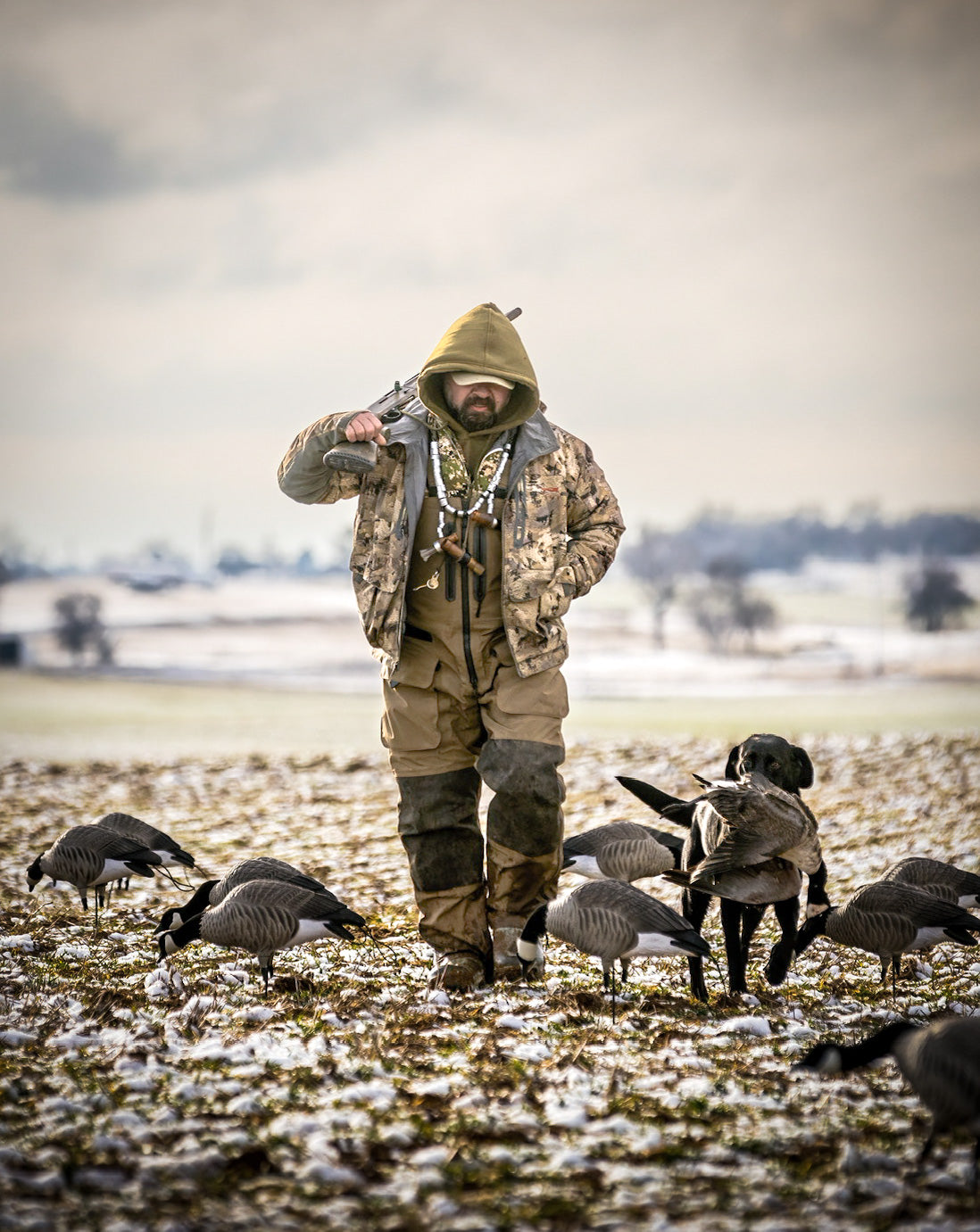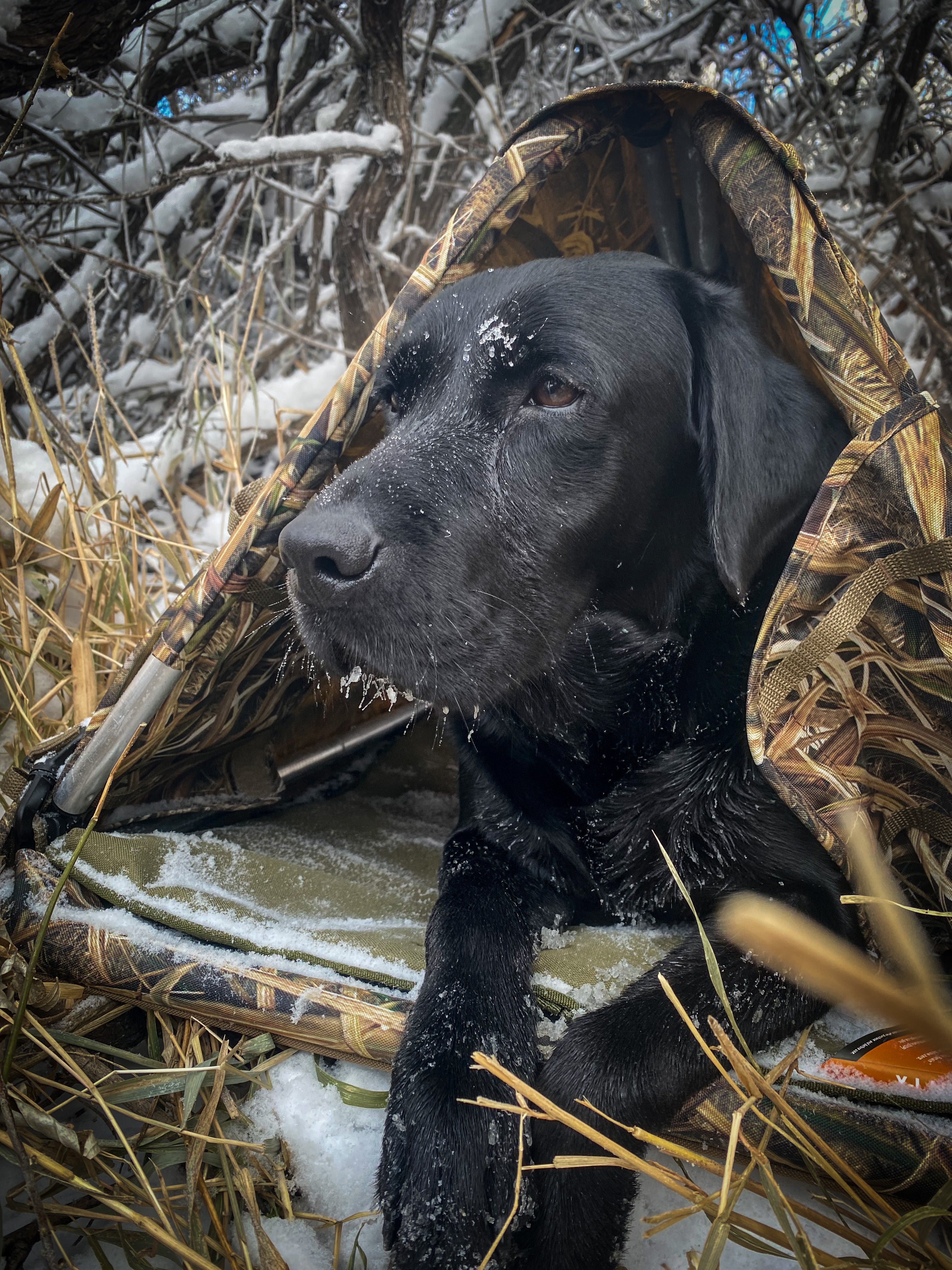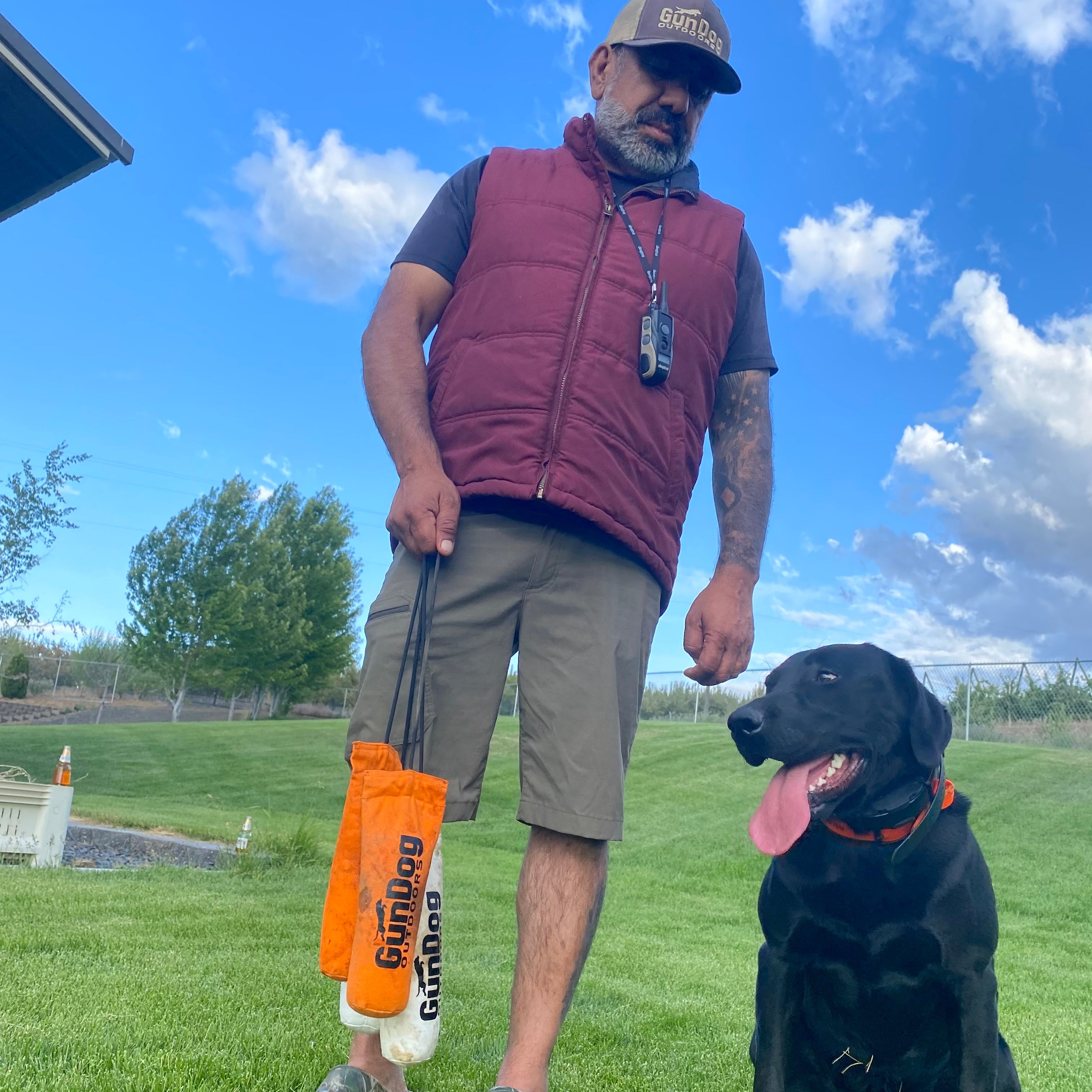How to Look at a Field and Know How and When to Hunt It
So you’ve done everything right. You found the roost. You followed the birds out to the fields. You found the field the birds are hitting. You’ve got permission to hunt. You should be good right? Not so fast cowboy, there are a bunch of factors to think about before dragging those decoys and blinds out there the next morning. As a hunting guide and waterfowl hunter with over 38 years hunting experience, there are things I think about that will make my decision on when and where to hunt that field.

First thing I look at is what kind of crop is in the field and how much of it is available. Where are the birds feeding in the field and how fast are they feeding? If you find birds at the edge of a field, there is a good chance that field has been or about to be eaten out. Or if you are watching the birds feed and they are moving quickly through the field looking for food, then again, there is a good chance those birds won’t be there in the next few days, so if you are going to get them, now is the time. Also learn about the different types of crops and when the birds will get into them. Sweet cornfields don’t hold birds in a field like field or dry corn will. Know that in Canada pea fields are like candy to birds. You find a pea field, there’s a good chance birds will be using it. Know what crops will feed birds when the ground becomes frozen. Birds can easily feed on your grass and wheat fields because they can break the crop free from the frozen earth whereas a disked up cornfield can be a little tougher for birds to root around in foraging food.

Next I look at the layout of the field. Are there power lines or other tall objects like trees that I want to avoid setting up next to. What kind of blind do I need to use to hunt it. Is there enough cover that I can drag some layout blinds into the middle of it and hide them. Is it a crop like winter wheat or Kentucky blue grass, where I have to hunt the edge of the field because I can’t hide blinds. Is there a tree row that I can set up an A frame blind in. I look at where the high and low spots are in the field. I know birds will typically try and land on the higher spots of fields and I understand birds naturally sit in low spots during windy conditions and the lower spots tend to hold more food due to the farm implements sometimes have a harder time harvesting on certain angled slopes and dips in the field.

I also will look at what direction the birds are coming from. I want to try and avoid the birds coming over my back if I can. In layout blinds the back usually is the part that will stick out the most because of the height. I also look at the location of the sunrise and sunset. I actually have an app on my phone that allows me to see the suns trajectory for the day, this is especially important when filming, but also important cause if I can avoid looking and shooting into the sun, I’m going to do it.
Remember, to be a very well rounded waterfowl hunter you need to understand the habits of the fowl you are chasing. And part of that is understanding their dining room/kitchen. You need to make sure you pay attention to where and how they eat.








2 comments
Great info thanks
Good info. Glad I found it for our diy Saskatchewan trip in the fall.